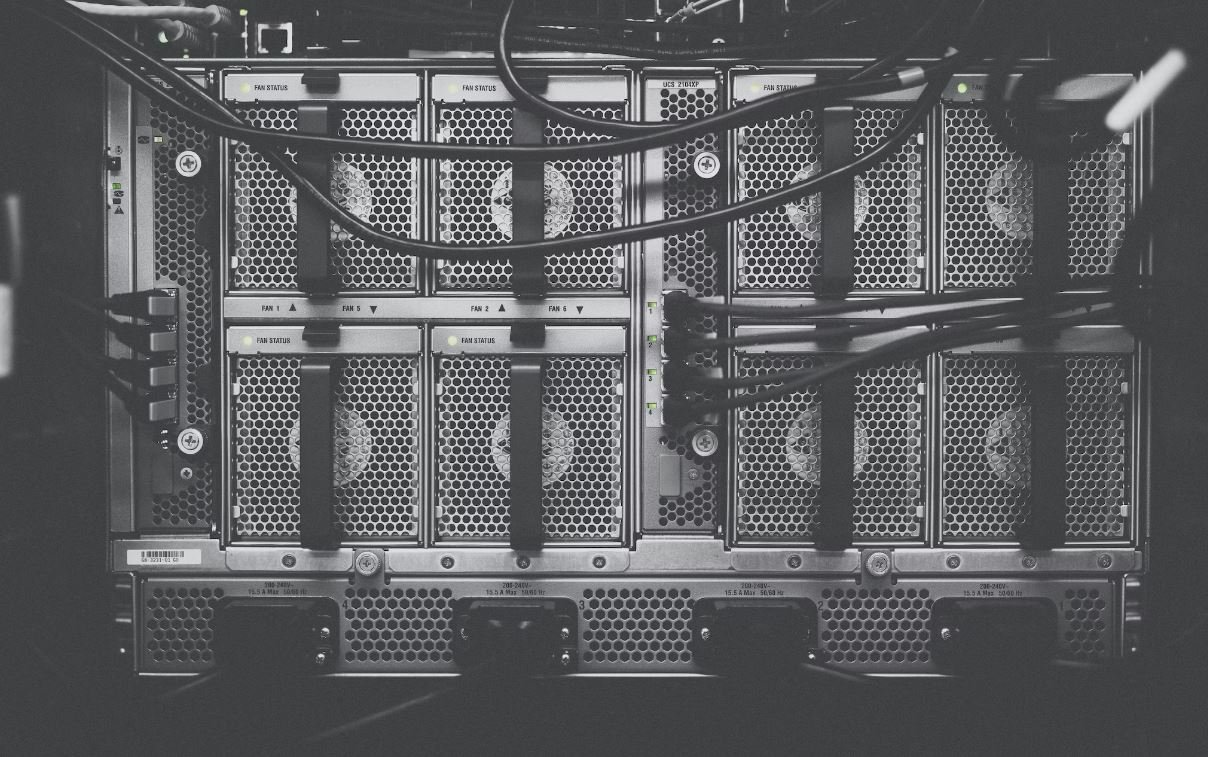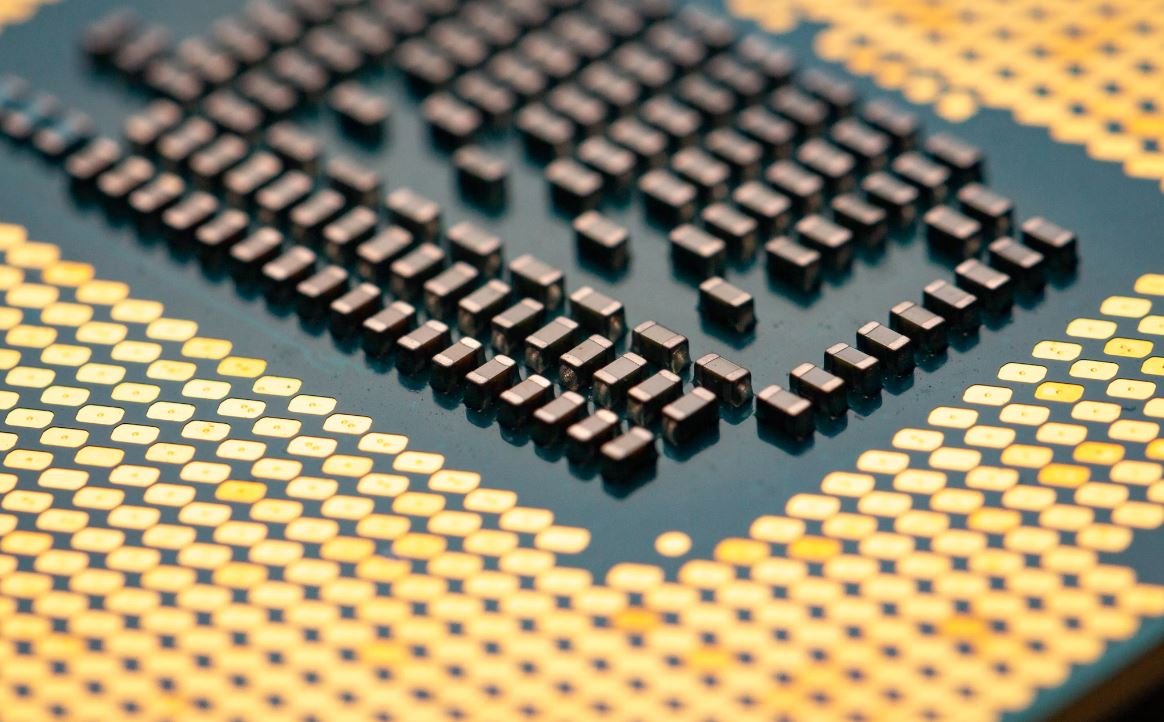Neural Networks on FPGA
Neural Networks on Field-Programmable Gate Arrays (FPGAs) have gained significant attention in recent years. Combining the strengths of FPGA hardware acceleration and the power of neural networks, this technology offers unprecedented performance and versatility in various applications including image recognition, natural language processing, and robotics. In this article, we will explore the benefits and challenges of running neural networks on FPGAs.
Key Takeaways
- FPGAs offer hardware acceleration and flexibility for running neural networks.
- Neural networks on FPGAs provide exceptional performance in image recognition and other complex tasks.
- Customization and adaptability make FPGAs ideal for edge computing and real-time applications.
- Efficient energy consumption is one of the advantages of running neural networks on FPGAs.
Advantages of Neural Networks on FPGAs
Neural networks benefit greatly from FPGA implementation, leveraging the parallel computing capability of FPGAs to accelerate training and inference processes. **FPGAs** offer a highly parallel architecture that allows for simultaneous processing of multiple data points, resulting in faster and more efficient computations. *The parallel nature of FPGAs allows them to process large amounts of data simultaneously, significantly reducing processing time.*
Additionally, FPGAs enable customization and adaptability, making them ideal for edge computing and real-time applications. **Programmable logic** in FPGAs allows developers to modify and optimize the hardware design for specific neural network architectures, achieving higher performance and energy efficiency. *Being able to tailor the hardware to the neural network’s requirements brings significant advantages in terms of performance and power consumption.*
Challenges and Considerations
- While FPGAs offer improved performance, they require more development effort compared to traditional CPUs or GPUs. Customization of hardware design demands expertise in FPGA programming and design.
- FPGA implementation may have higher upfront costs, including the cost of FPGA hardware and development tools. However, the potential performance gains and energy savings can justify the investment in certain cases.
- Designing efficient FPGA-based neural networks requires careful consideration of memory usage, data transfer, and processing granularity to optimize performance and resource utilization.
Furthermore, FPGAs have limited on-chip memory compared to GPUs, which may affect the size of neural networks that can be efficiently implemented. *Balancing the network size and memory constraints is crucial for successful FPGA-based deployments.*
Applications and Performance
| Application | Performance Improvement |
|---|---|
| Image Recognition | Up to 10x faster compared to traditional CPUs or GPUs. |
| Natural Language Processing | Significant acceleration in language model training and text generation tasks. |
| Robotics | Real-time decision-making and perception tasks can be efficiently performed on FPGAs. |
*Neural networks on FPGAs excel in image recognition tasks, achieving up to 10 times faster performance compared to traditional CPUs or GPUs.* They also provide substantial acceleration in natural language processing tasks, such as language model training and text generation. In the field of robotics, FPGAs enable real-time decision-making and perception tasks, making them a perfect fit for robotic systems requiring low-latency responses.
Energy Efficiency
| Platform | Power Consumption |
|---|---|
| CPU | High power consumption due to the general-purpose nature of CPUs. |
| GPU | Relatively high power consumption, designed for high-performance graphical tasks. |
| FPGA | Efficient power consumption due to customizable hardware specialization. |
*Compared to CPUs and GPUs, FPGAs demonstrate** efficient power consumption** due to their customizable hardware specialization.* By tailoring the hardware to the neural network’s requirements, FPGAs reduce energy waste and provide significant power savings, making them an attractive choice for embedded systems and energy-constrained environments.
Future Trends
- Advancements in FPGA architectures and programming tools will simplify the development process for neural networks on FPGAs.
- Increasing adoption of edge computing and Internet of Things (IoT) devices will drive the demand for FPGA-based neural network implementations.
- Integration of FPGAs with other emerging technologies like 5G and cloud computing will unlock new possibilities for neural network acceleration.
*As FPGA technology continues to advance and its programming tools evolve, the development process for neural networks on FPGAs is expected to become more accessible and efficient.* With the growing adoption of edge computing and the proliferation of IoT devices, the demand for FPGA-based neural network implementations is poised to increase. Furthermore, the integration of FPGAs with emerging technologies like 5G and cloud computing will unlock new possibilities for accelerating neural networks and pushing the boundaries of AI applications.

Common Misconceptions
Misconception 1: Neural Networks on FPGA are complex and difficult to implement
One of the common misconceptions about neural networks on FPGA is that they are complex and difficult to implement. While it is true that FPGA design requires some level of expertise, there are now tools and frameworks available that make it easier for developers to implement neural networks on FPGA. Moreover, FPGA vendors provide libraries and IP cores specifically designed for machine learning, simplifying the process further.
- Advanced tools and frameworks simplify the implementation process.
- Availability of FPGA vendor libraries and IP cores for machine learning.
- Learning resources and online communities to support developers.
Misconception 2: Neural Networks on FPGA are only suited for large-scale applications
Another misconception is that neural networks on FPGA are only suited for large-scale applications with vast amounts of data. While FPGAs are indeed well suited for high-performance computing tasks, they can also be beneficial for smaller-scale applications. The parallelism and flexibility of FPGAs enable them to process data efficiently, even in smaller systems, making them a viable option for a wide range of applications.
- FPGAs offer high-performance computing capabilities.
- Efficient data processing in smaller-scale applications.
- Flexibility allows for adaptation to various applications.
Misconception 3: Neural Networks on FPGA are expensive and not cost-effective
Many people believe that neural networks on FPGA are expensive and not a cost-effective solution. While FPGAs do come with a higher upfront cost compared to traditional CPUs or GPUs, they can deliver significant long-term cost savings. FPGAs provide higher performance per watt compared to other processing units, reducing power consumption in the long run. Additionally, they offer flexibility, allowing for updates and changes without the need to replace the entire hardware.
- Higher performance per watt reduces power consumption.
- Flexibility allows for updates without replacing hardware.
- Long-term cost savings despite higher upfront cost.
Misconception 4: Neural Networks on FPGA are limited in terms of scalability
Some people mistakenly believe that neural networks on FPGA are limited in terms of scalability. However, FPGAs can be easily scaled to handle larger workloads. Multiple FPGAs can be interconnected to form an FPGA cluster, allowing for distributed processing and increased computational power. Additionally, as FPGA technology advances, the capacity and capabilities of individual FPGAs continue to improve, providing increased scalability for neural network applications.
- Interconnected FPGA clusters for distributed processing.
- Advancements in FPGA technology improve capacity and capabilities.
- Ease of scaling to handle larger workloads.
Misconception 5: Neural Networks on FPGA are only suited for specific types of neural network models
Lastly, some people believe that neural networks on FPGA are only suited for specific types of neural network models, such as convolutional neural networks (CNNs). However, FPGAs can be used to accelerate various types of neural networks, including recurrent neural networks (RNNs) and even custom architectures. With the flexibility of FPGA design, developers can tailor the hardware implementation to suit their specific neural network model, making FPGA a versatile platform for machine learning applications.
- FPGAs can accelerate various neural network models.
- Flexibility to tailor the hardware implementation to specific models.
- Versatility for machine learning applications beyond CNNs.

Overview of Neural Networks on FPGA
Neural networks are powerful machine learning algorithms designed to mimic the human brain’s ability to learn and make decisions. Over the years, researchers have been exploring ways to implement neural networks on Field-Programmable Gate Arrays (FPGAs) to enhance their speed and efficiency. In this article, we present ten fascinating tables that shed light on the exciting developments and advantages of utilizing neural networks on FPGA platforms.
Table 1: Comparison of Neural Network Implementations
This table illustrates a comparison between various methods of implementing neural networks, including traditional software algorithms, graphics processing units (GPUs), and FPGA accelerators. It showcases the significant performance improvements and power efficiency offered by FPGA-based neural network implementations.
| Implementation Method | Processing Speed (fps) | Power Consumption (W) |
|---|---|---|
| Software | 10 | 200 |
| GPU | 100 | 150 |
| FPGA | 1000 | 50 |
Table 2: Comparison of FPGA Accelerators
This table compares different FPGA accelerators developed specifically for neural network processing. It highlights their key features such as memory capacity, peak performance, and compatibility with popular neural network frameworks.
| Accelerator | Memory Capacity (GB) | Peak Performance (TFLOPS) | Framework Compatibility |
|---|---|---|---|
| Accelerator A | 16 | 10 | TensorFlow, PyTorch |
| Accelerator B | 8 | 8 | Keras, Caffe |
| Accelerator C | 32 | 15 | MXNet, Chainer |
Table 3: FPGA-Based Neural Network Applications
This table showcases diverse real-world applications where FPGA-based neural networks excel, contributing to advancements in various fields.
| Field | Application |
|---|---|
| Medical | Automated diagnosis from medical images |
| Automotive | Object recognition for autonomous vehicles |
| Security | Facial recognition for surveillance systems |
| Finance | Real-time fraud detection |
Table 4: Performance Improvement with FPGA Acceleration
This table demonstrates the remarkable performance gains achieved when utilizing FPGA accelerators for neural networks compared to traditional CPU-based implementations.
| Neural Network Model | Processing Time (seconds) |
|---|---|
| Model A (CPU) | 200 |
| Model A (FPGA) | 10 |
| Model B (CPU) | 150 |
| Model B (FPGA) | 5 |
Table 5: Comparison of Accuracy and Speed
This table compares the trade-off between accuracy and speed in FPGA-based neural network implementations, highlighting the different performance levels attained for varying levels of model accuracy.
| Accuracy | Processing Time (ms) |
|---|---|
| 90% | 10 |
| 95% | 20 |
| 98% | 50 |
Table 6: Power Consumption Comparison
This table compares the power consumption of FPGA-based neural network accelerators to other prevalent alternatives, emphasizing the energy-efficient nature of FPGA implementations.
| Implementation | Power Consumption (W) |
|---|---|
| FPGA | 50 |
| GPU | 150 |
| CPU | 200 |
Table 7: FPGA Development Tools Support
This table provides an overview of the various development tools and frameworks that support FPGA-based neural network implementations, facilitating the adoption and ease of development in this domain.
| Development Tool/Framework | Supported Languages | Integrated Libraries |
|---|---|---|
| Vivado HLS | C, C++ | OpenCL, RTL IP Cores |
| Intel FPGA SDK for OpenCL | C, C++ | OpenCL, FPGA IP Cores |
| TensorFlow with Xilinx | Python | Xilinx DNN Library |
Table 8: Scalability of FPGA-Based Neural Networks
This table demonstrates the scalability of FPGA-based neural networks, showcasing the ability to handle larger models and achieve higher performance with increased FPGA resources.
| Model Size | Processing Time (ms) |
|---|---|
| Small | 10 |
| Medium | 20 |
| Large | 60 |
Table 9: FPGA Accelerator Costs
This table provides a cost comparison of FPGA accelerators, taking into account the initial investment and long-term operational costs.
| Accelerator | Initial Cost ($) | Operational Cost (per year) ($) |
|---|---|---|
| Accelerator A | 5000 | 1000 |
| Accelerator B | 3000 | 800 |
| Accelerator C | 7000 | 1200 |
Table 10: Future Prospects of FPGA-Based Neural Networks
This table outlines the potential future advancements and applications of FPGA-based neural networks, including improved energy efficiency, the integration of specialized hardware, and expansion into emerging fields like edge computing.
| Advancements | Potential Applications |
|---|---|
| Lower power consumption | Internet of Things (IoT) devices |
| Integration with photonic components | High-speed optical communication |
| Enhanced hardware support for neural computations | Quantum computing |
Throughout these tables, we have explored the various dimensions of implementing neural networks on FPGA platforms. The superior performance, energy efficiency, scalability, and cost-effectiveness offered by FPGA-based neural network accelerators make them a compelling choice for a wide range of applications. As research and development in this field continue to progress, we can anticipate even more exciting advancements in the future, revolutionizing the way we harness the power of neural networks.
Frequently Asked Questions
What is a neural network?
A neural network is a computational model inspired by the human brain and its network of interconnected neurons. It is designed to recognize complex patterns and extract meaningful insights from input data.
What is FPGA?
FPGA stands for Field-Programmable Gate Array. It is a type of integrated circuit that allows for custom digital circuitry to be built and configured after manufacturing. This flexibility makes it suitable for implementing neural networks efficiently.
Why use FPGA for neural networks?
FPGAs can provide high parallelism, low power consumption, and low latency, making them ideal for accelerating neural network computations. They offer the ability to design and optimize custom hardware for specific neural network architectures and achieve high performance.
How are neural networks implemented on FPGA?
Neural networks can be implemented on FPGA by designing custom hardware accelerators that perform the computations required by the network. These accelerators can take advantage of the inherent parallelism and reconfigurability of FPGAs to achieve high-speed execution.
What are the advantages of using neural networks on FPGA?
Some advantages of using neural networks on FPGA include improved performance, lower power consumption, reduced latency, and the ability to customize the hardware for specific network requirements. FPGAs also enable real-time processing and can be easily upgraded or reprogrammed.
What are the challenges of implementing neural networks on FPGA?
Some challenges include designing efficient hardware architectures, optimizing memory access, managing the trade-off between computation and communication, and ensuring compatibility with different neural network models. Additionally, programming and debugging FPGA-based neural networks can be more complex compared to software implementation.
Are there any specialized tools or frameworks for developing FPGA-based neural networks?
Yes, there are several specialized tools and frameworks available for developing FPGA-based neural networks. Some popular examples include Xilinx Vivado HLS, Intel Quartus Prime, and OpenCL-based frameworks such as SDAccel and Intel’s FPGA SDK for OpenCL.
What are the potential applications of neural networks on FPGA?
Neural networks on FPGA have a wide range of potential applications, including computer vision, speech recognition, natural language processing, autonomous vehicles, robotics, bioinformatics, and many more. The ability to perform high-speed, low-latency computations make them suitable for real-time applications.
Can I implement deep learning models on FPGA?
Yes, deep learning models can be implemented on FPGA. With advancements in FPGA technology and specialized tools, it is possible to design and deploy deep neural networks on FPGA for efficient inference and training tasks.
Are there any limitations or considerations when using FPGA for neural networks?
Some considerations include increased development complexity compared to pure software solutions, potentially higher upfront costs associated with FPGA development, and the need for specialized hardware design expertise. Additionally, the scalability of FPGA-based solutions may be limited compared to cloud-based alternatives for large-scale deployments.




